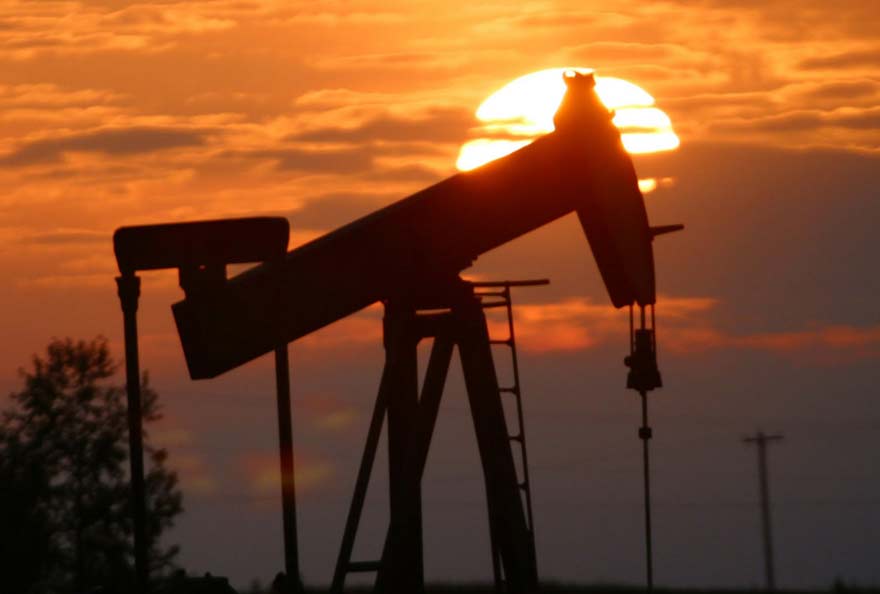These changes are taking place at a time when the traditional distinctions between energy-producing and energy-consuming countries are blurring and a new group of major emerging countries, led by India, is taking centre stage.
The pursuit of fossil addiction...













